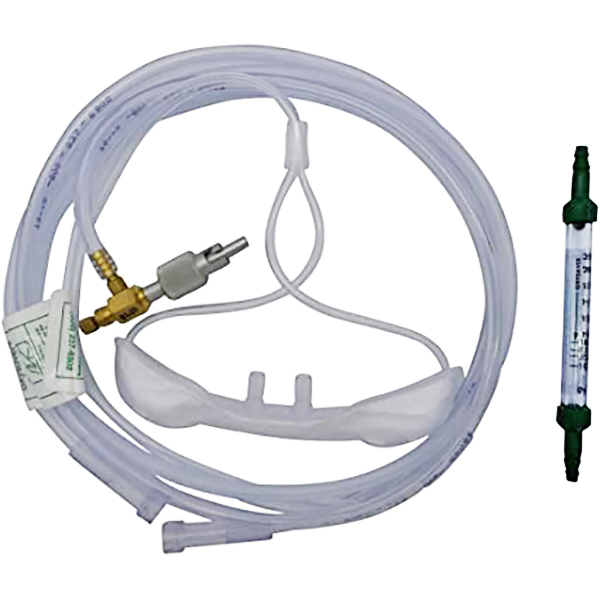Hi!
Quick question; I have an older 210 that has built in oxygen and this is my first time using it... or instead attempting to use it. I just had the bottle re-certified and the system checks out. So my question seems somewhat stupid and simple, but here goes: (and yes I'll read the POH and talk to an instructor- but getting going in the right direction can really help)
1. There is just one lever; on and off.... it can't be that simple correct?
2. I assume I have to order something like this:
https://www.googleadservices.com/pa...0QIHWyLAgoQ9aACKAB6BAgFECk&nis=2&dct=1&adurl=
And how does it connect to the airplane? I read that the oxygen system delivers a fixed o2 amount; can I reduce that or meter somehow?
If anyone can guide me through this that would be awesome!
Quick question; I have an older 210 that has built in oxygen and this is my first time using it... or instead attempting to use it. I just had the bottle re-certified and the system checks out. So my question seems somewhat stupid and simple, but here goes: (and yes I'll read the POH and talk to an instructor- but getting going in the right direction can really help)
1. There is just one lever; on and off.... it can't be that simple correct?
2. I assume I have to order something like this:
https://www.googleadservices.com/pa...0QIHWyLAgoQ9aACKAB6BAgFECk&nis=2&dct=1&adurl=
And how does it connect to the airplane? I read that the oxygen system delivers a fixed o2 amount; can I reduce that or meter somehow?
If anyone can guide me through this that would be awesome!

